Table of Contents
Environmental Studies is an interdisciplinary field that encompasses various branches of study, including chemistry, physical science, life science, agriculture, health, and sanitary engineering. It presents an intriguing subject with 30 questions in CTET and other State TET Exams. The Environmental Science section further divides these questions into two parts: Subject Content, accounting for 15 marks, and EVS Pedagogy, also worth 15 marks. To excel in the CTET Exam, it is recommended to study the NCERT books from class 1 to 8. In this article, we will provide an introductory overview of EVS Pedagogy.
TRAVEL
Travel or journey can be defined as movement of individual or group due to any specific purpose from one place to another. Term travel is used for movement of human being while term transport is used for movement of goods from one place to another.
Means of Transport:
The means of transport can be classified into four types:
I. Roadways:
Road transport is the popular and suitable means of transport for short distance. Roads can be made up of cement, concrete, coal tar etc. This type of road is called pucca road while road made up of soil is called kutcha road. Road transport is best mode of transport to transport easily perishable food products like vegetables, fruits, milk etc.
II. Railways:
Train journey is cheaper and comfortable for long distance. Railways are used to transport heavy goods. In India, for first time railways started in year 1853 between Mumbai and Thane.
Some facts about Indian Railways are
• Fastest train in India is Gatiman Express which runs at maximum speed of 160 km.
• Longest rail route is between Dibrugarh (Assam) and Kanyakumari (Tamil Nadu). This route is about 4286 km long.
• World’s longest platform is at Gorakhpur it lengths about 1.3 km.
• Konkan railway is between Maharashtra and Karnataka and its length is about 760 km. Its unique feature is that it passes through Western Ghat’s mountains by means of tunnels and bridges.
• Jammu-Baramula rail route is located in Jammu and Kashmir. It runs about 342 km and stations like Udhampur, Srinagar is located on it.
• Mountain Railway of India:
1. Darjeeling Himalayan railway
2. Nilgiri Mountain railway
3. Kalka-Shimla railway
4. Kangra-Valley railways
• Metro Railway: First metro rail started in Kolkata. Now, it is running in many cities of India like Delhi, Jaipur, Chennai, Mumbai, Bengaluru.
• Monorail operates in Mumbai only.
III. Water Transport:
It is the cheapest means of transport and it is most convenient way of transport of goods in the international market.
1. Inland Water Ways: This connects the different parts of the country through rivers and canals. Six major inland water ways in India are:
2. International Waterway: This waterway helps in transport and travel between the different countries. Famous ports of India through which international takes place are Kandla, Nhava Sheva, Tuticorin, Vishakhapatnam, Paradeep, Haldia, Ennore, New Manglore, Marmagoa etc.
• Buckingham canal is the longest freshwater navigation canal.
• Many lakes are found in Kerala and it is called lagoon. In Kerala, boat race taken place in backwater Canal and they also use ferry for transportation.
IV. Air Transport:
It is the fastest and expensive mode of transport. Whole world is nearly connected by means of air transport.
There are 12 international airports in India and many domestic airports. Through air transport, place with highly difficult terrain can be connected easily.
Ticket and Time Table
Ticket for travelling by any means of public transport i.e. railways, roadways, airways and waterways, one needs to take a ticket. Tickets are of two types (i) Reserved and (ii) Unreserved
• Reserved Ticket: This variety of ticket contains all relevant details about number of passenger, passengers’ seat or berth, age, sex, name may or may not be given on ticket, his boarding and destination point.
• Unreserved Ticket: This kind of ticket does not have full detail about journey. Very minute details like boarding and destination point, date of journey, fare of journey etc. are written on it only.
• Time – Table: It is a kind of booklet or guide which contains the information regarding travel between different places. Time – tables contain details about all available routes between different places, distances between different places and the places or station which will come, during the journey while travelling from one place to another etc.
Different kinds of Travel
I. Space Travel:
• With development in technology and advancement in science it is possible to go into space. In space, gravity is absent and due to absence of gravity things keeps on floating in the space.
• In space, water does not stay at one place. It floats around as blobs. To wash face one needs to catch these blobs and wet paper with them. Papers are stuck to the wall of spaceship otherwise it will also float. There is no need to comb, as hair kept standing all the time.
• On the Earth, things fall and rest at one place due to gravity. Neil Armstrong was the first man to walk on the moon in 1969. Sunita William, an American astronaut, holds the record for maximum time spent and number of space walk by woman.
• Kalpana Chawla was an Indo-American astronaut and first Indian woman to visit space, she died in space shuttle disaster in 2003.
II. Climbing on Mountain:
• Climbing on the mountain is a tough task. For this, body needs to physically and mentally fit as one will have to bear physical pain and mental stress while climbing mountain. As one climbs mountain with increases in height level of oxygen decreases in atmosphere so there can be breathing problem. So, mountaineer carry oxygen cylinder along with them.
• For trekking is need to trained and physically fit. A group leader for mountain trekking holds the responsibility to keep the group ahead and keep himself at the last.
• Mount Everest is the highest mountain peak on the Earth. Its peak is at 8848 metre above the sea level. It belongs to the Nepal Himalaya. In Nepal, it is known as Sagarmatha and in Tibet is called Chomolungma Himalaya.
• Bachhendri Pal became the first Indian woman and fifth woman in the world to reach peak of Mount Everest.
III. Eco-tourism:
• It is a tourism which is directed towards natural environment and helps in protecting and conserving nature and wildlife. Eco-tourism plays an essential role in maximizing environment and social benefit of tourism. India have many places to promote eco-tourism e.g. North-eastern India, Jammu and Kashmir, Uttarakhand, Himachal Pradesh, Kerala and Goa.
Famous Travellers
• Megasthenes: He came in the court of Chandragupta Maurya. He has written a book named Indica. He came from Greece.
• Fahien: He was a Chinese traveller; he came to India during the period of Chandragupta Vikramaditya. His account tells about the condition of that period.
• Hiuen Tsang: He was also Chinese traveller. He came to India during reign of Harsha. He studied in Nalanda University. He was Buddhist monk also.
• Al-Beruni: He came with Mahmud of Ghazni. He belonged to Uzbekistan He has written Tahqiq-i-Hind and Kitab-ul-Hind. He gave descriptive account about water bodies, river, ponds etc.
• Ibn-Battuta: He came to India during the reign of Tughlaq. He originally belonged to Morroco. He also wrote a book Rihala in which he gave account about India of that period.
• Vasco-Da-Gama: A Portuguese traveler came to India in 1498 via the sea-route, he landed at Calicut.

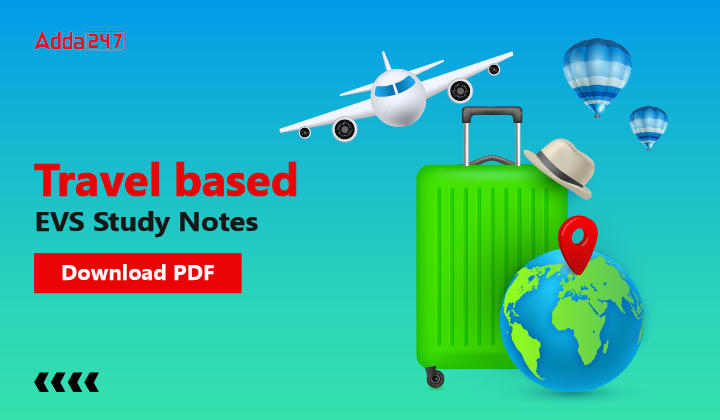
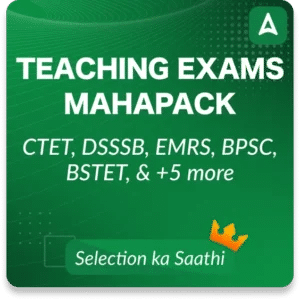

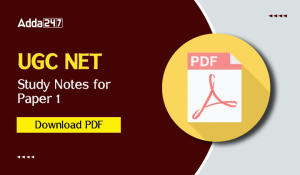 UGC NET Study Notes for Paper 1, Downloa...
UGC NET Study Notes for Paper 1, Downloa...
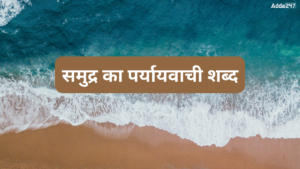 समुद्र का पर्य�...
समुद्र का पर्य�...
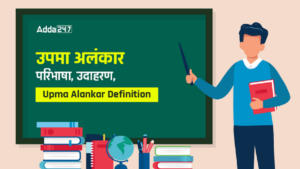 उपमा अलंकार: पर�...
उपमा अलंकार: पर�...














